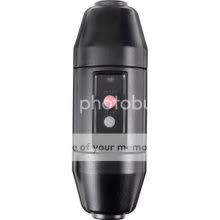I'm planning a control panel to control 4 2000w elements in two keggles, a RIMS tube and two pumps. DPST contactors and illuminated, pushbutton switches.
Question is, do I need gfci protection for the panel? Right now, my keggles plug into GFCI outlets. I was planning on running lines from the breakers to the control panel, then running lines to GFCI outlets to plug the keggles in. But I'm worried that my panel isn't GFCI protected.
I don't know much about fuses, so for now, my plan was to wire the contactors to share 2 separate 20 amp lines. The BK and HLT won't be on at the same time, then have a third 20amp line for Rims tube and pumps.
I know this isn't elegant. But I don't know much about fuses. 220V would involve a lot of changes from where I'm currently at.
Other than trying to install 4 20 amp gfci breakers, any suggestions?
Thanks.
Question is, do I need gfci protection for the panel? Right now, my keggles plug into GFCI outlets. I was planning on running lines from the breakers to the control panel, then running lines to GFCI outlets to plug the keggles in. But I'm worried that my panel isn't GFCI protected.
I don't know much about fuses, so for now, my plan was to wire the contactors to share 2 separate 20 amp lines. The BK and HLT won't be on at the same time, then have a third 20amp line for Rims tube and pumps.
I know this isn't elegant. But I don't know much about fuses. 220V would involve a lot of changes from where I'm currently at.
Other than trying to install 4 20 amp gfci breakers, any suggestions?
Thanks.



